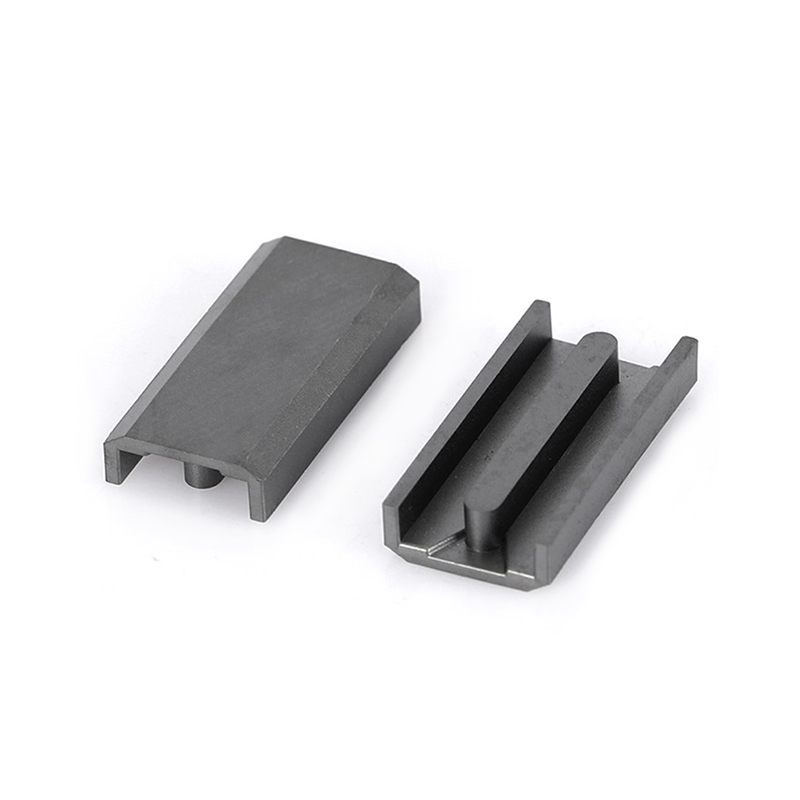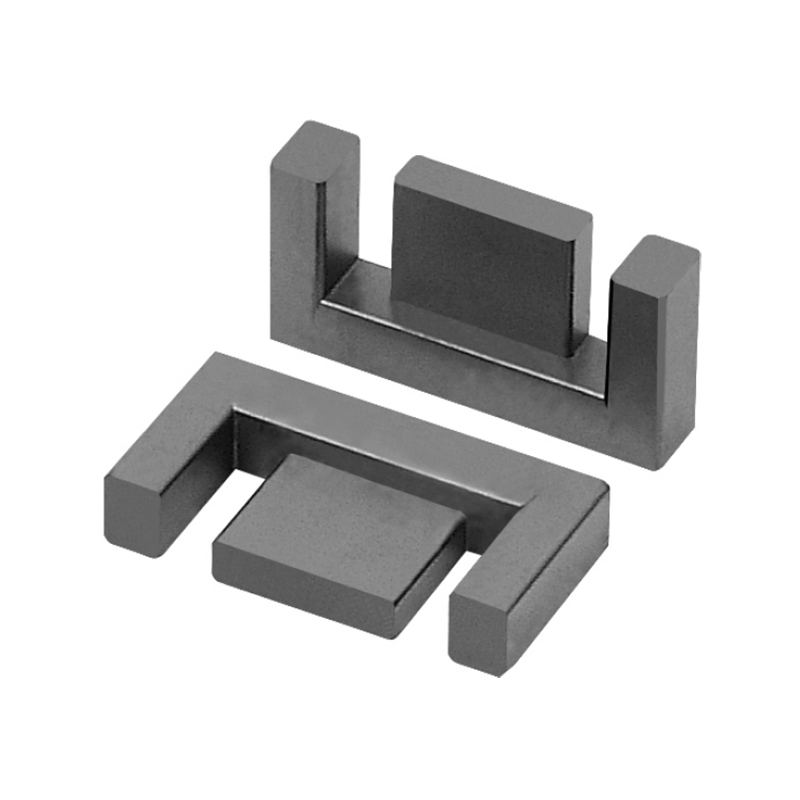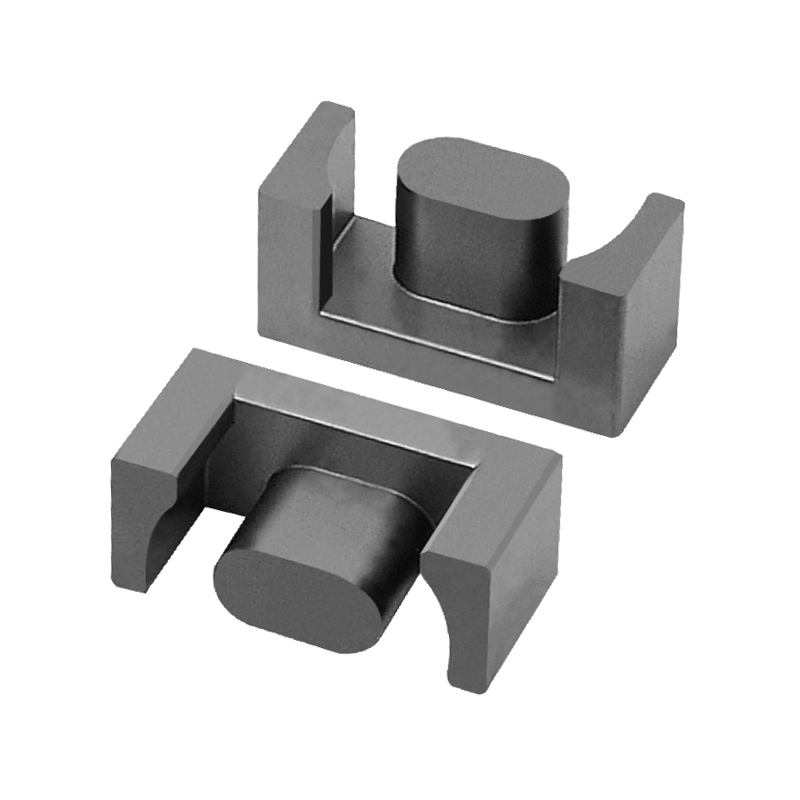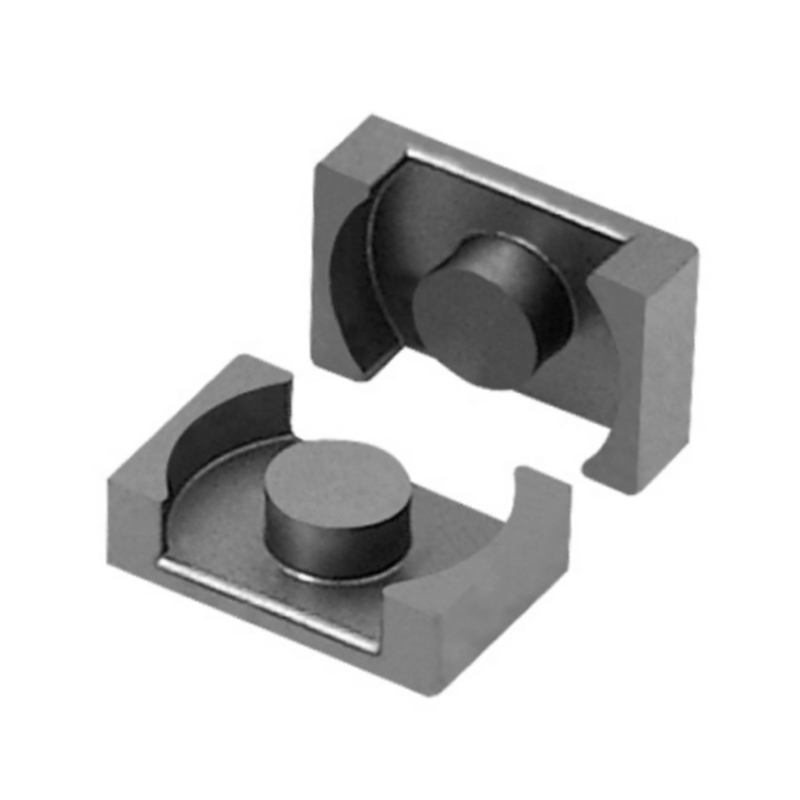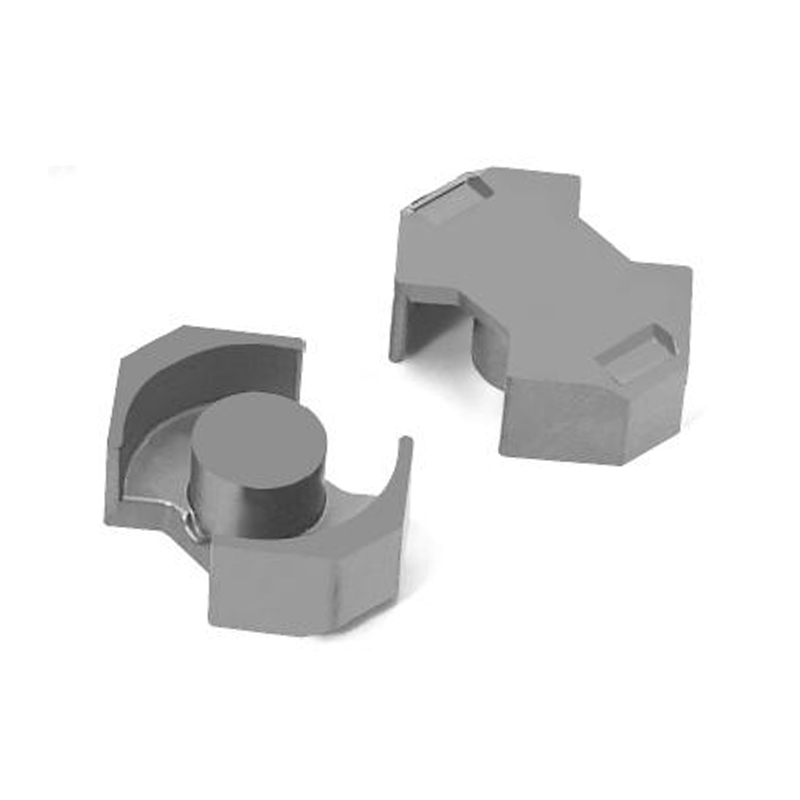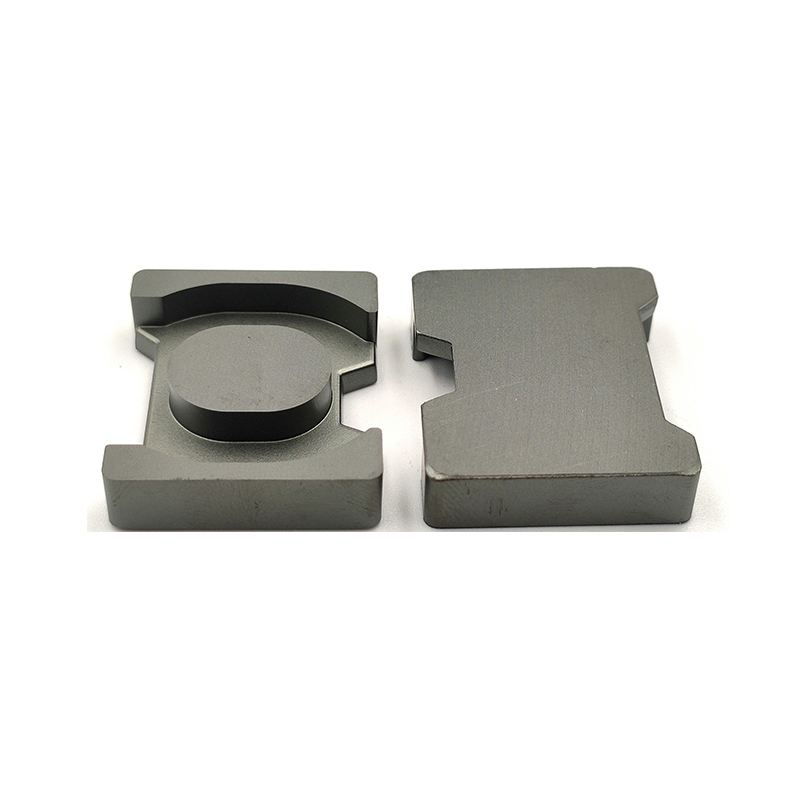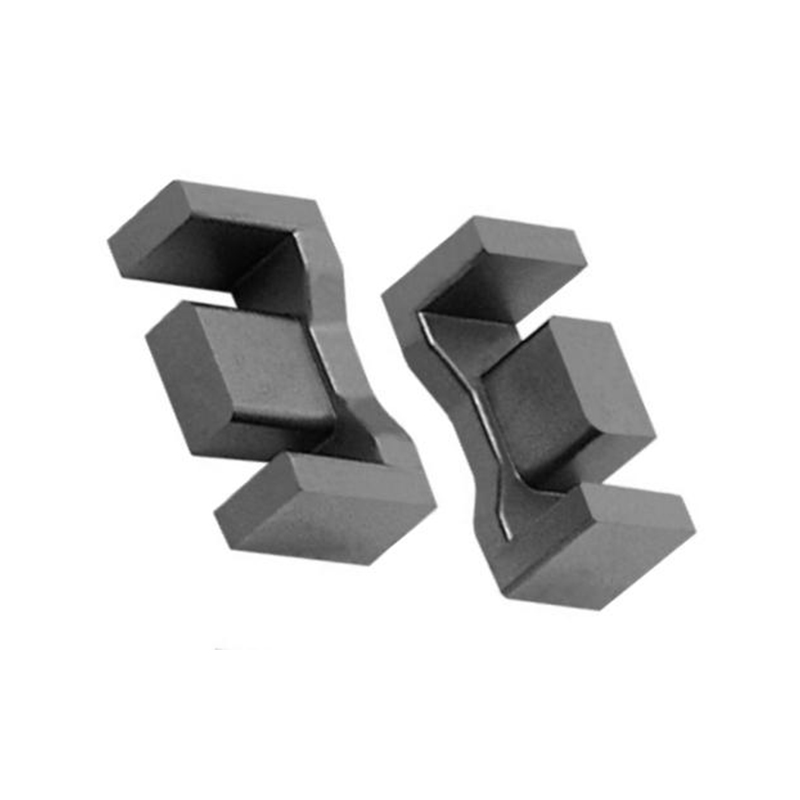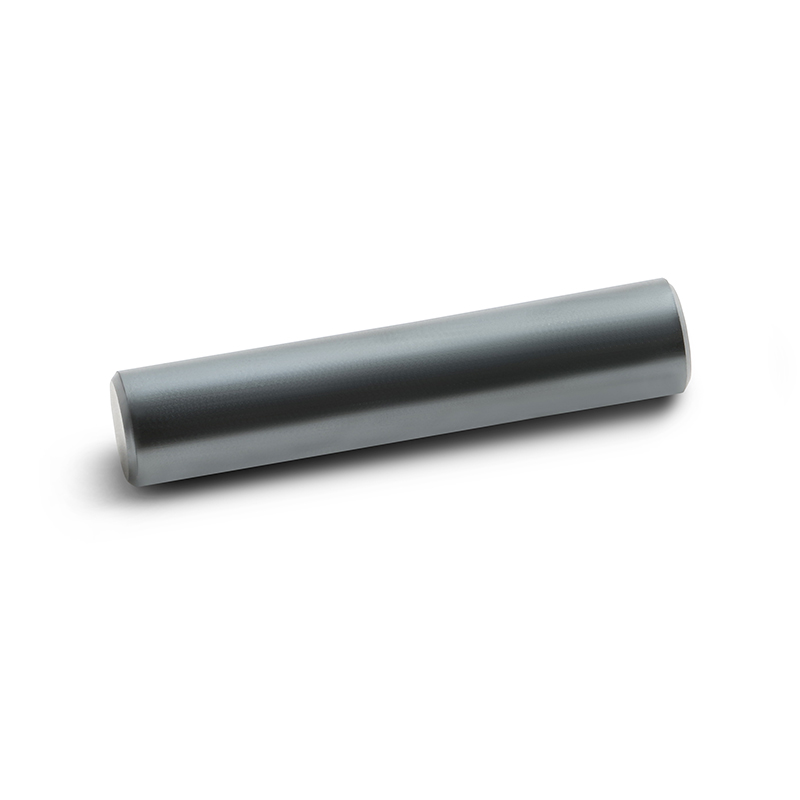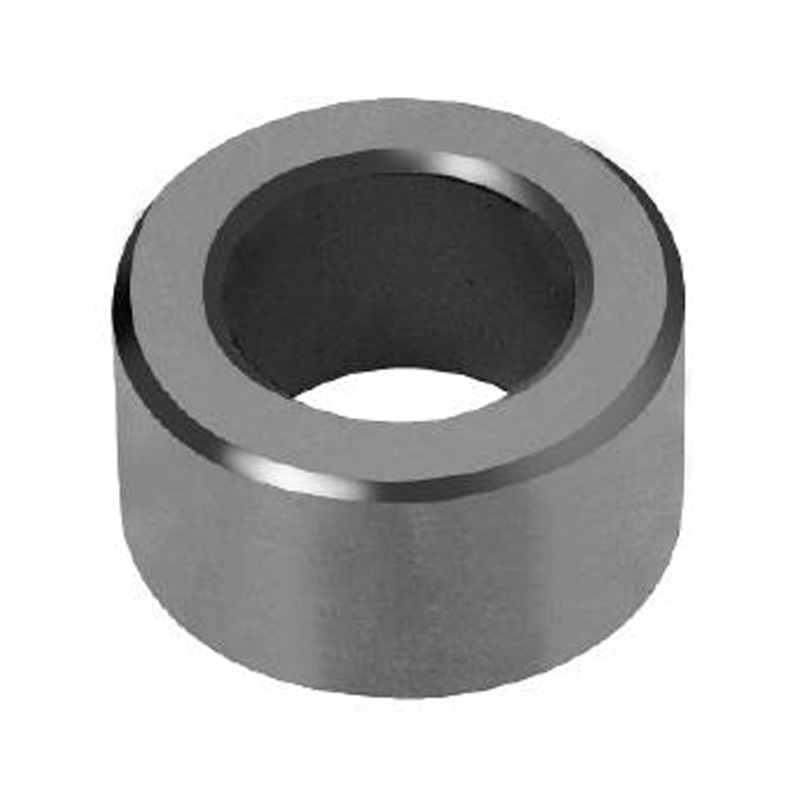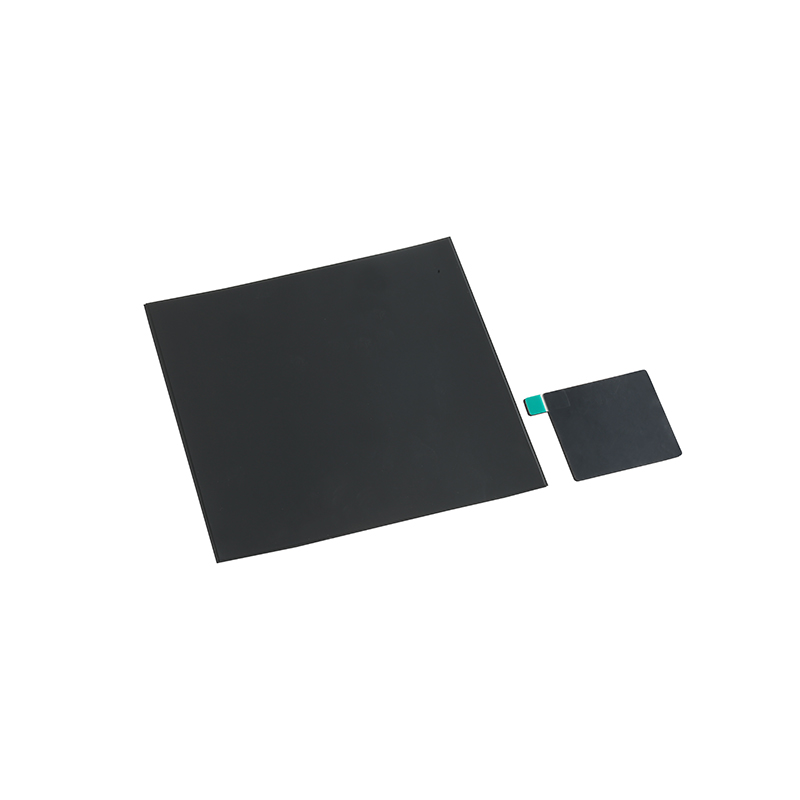What Is a Ferrite Core? Uses, Types, and Benefits
Ferrite core is essential components in modern electronics, widely used for noise suppression, EMI reduction, and improving signal integrity. If you've ever wondered what a ferrite core is, how it works, or why it's important, this guide covers everything you need to know.
What Is a Ferrite Core?
A ferrite core is a passive electronic component made from ferrite, a ceramic-like material with magnetic properties. Ferrite cores are commonly used in inductors, transformers, and electromagnetic interference (EMI) filters. They help suppress high-frequency noise in electronic circuits.
How Does a Ferrite Core Work?
Ferrite cores work by absorbing high-frequency electromagnetic interference (EMI) and converting it into heat. This process reduces noise in electronic circuits, improving signal quality. The core's magnetic properties allow it to act as a low-pass filter, blocking unwanted high-frequency signals while allowing lower frequencies to pass.
Common Uses of Ferrite Cores
Ferrite cores are used in various applications, including:
- Power Supplies: Reduce switching noise in DC-DC converters.
- Signal Cables: Suppress EMI in HDMI, USB, and Ethernet cables.
- RF Applications: Improve signal clarity in antennas and transmitters.
- Inductors & Transformers: Enhance inductance and energy storage.
Types of Ferrite Cores
Ferrite cores come in different shapes and compositions, each suited for specific applications. Below is a comparison of common ferrite core types:
| Type | Shape | Common Uses |
|---|---|---|
| Toroidal | Ring-shaped | Inductors, transformers, chokes |
| E-Core | E-shaped | Power transformers, inductors |
| Bead | Cylindrical | Cable noise suppression |
| Rod | Straight bar | Antennas, RF applications |
Ferrite Core Material Properties
Ferrite cores are made from iron oxide mixed with other metals like manganese, zinc, or nickel. The material composition affects performance in different frequency ranges:
| Material Type | Frequency Range | Key Properties |
|---|---|---|
| Manganese-Zinc (MnZn) | 1 kHz - 1 MHz | High permeability, good for power applications |
| Nickel-Zinc (NiZn) | 1 MHz - 500 MHz | Low conductivity, ideal for high-frequency EMI suppression |
Benefits of Using Ferrite Cores
Ferrite cores offer several advantages in electronic circuits:
- Noise Reduction: Effectively suppress EMI and RF interference.
- Improved Signal Quality: Prevent signal distortion in data cables.
- Cost-Effective: Affordable compared to other EMI suppression methods.
- Compact Size: Small and lightweight, ideal for portable electronics.
How to Choose the Right Ferrite Core
Selecting the right ferrite core depends on several factors:
- Frequency Range: MnZn for low frequencies, NiZn for high frequencies.
- Impedance Requirements: Higher impedance blocks more noise.
- Core Shape: Toroidal for inductors, beads for cables.
- Temperature Stability: Some materials perform better under heat.
Ferrite Core vs. Other EMI Suppression Methods
Ferrite cores are not the only way to reduce EMI. Here’s a comparison with other methods:
| Method | Effectiveness | Cost | Best For |
|---|---|---|---|
| Ferrite Core | High (for high-frequency noise) | Low | Cables, inductors, power supplies |
| Shielding | Very High (blocks all EMI) | High | Sensitive medical/military devices |
| Capacitors | Moderate (filters specific frequencies) | Medium | Power line filtering |
Common Misconceptions About Ferrite Cores
Despite their widespread use, some myths persist about ferrite cores:
- Myth: Ferrite cores block all types of interference.
- Fact: They only suppress high-frequency noise.
- Myth: Bigger cores always work better.
- Fact: Proper material and impedance matter more than size.
How to Install a Ferrite Core on a Cable
Installing a ferrite bead on a cable is simple:
- Choose a core that fits the cable diameter.
- Open the clamp (if it's a snap-on type).
- Place the core around the cable near the connector.
- Close the clamp securely.
Do Ferrite Cores Affect Signal Strength?
Ferrite cores are designed to block noise, not the actual signal. However, if improperly selected, they might attenuate high-frequency signals slightly. Always choose a core with the right impedance for your application.
Ferrite Core Temperature Limitations
Most ferrite cores operate effectively up to 100-150°C. Beyond this range, their magnetic properties degrade. For high-temperature environments, specialized high-curie-temperature ferrites are available.
Can You Reuse Ferrite Cores?
Yes, ferrite cores can be reused unless physically damaged. Snap-on beads can be removed and reinstalled on different cables.
Conclusion
Ferrite cores are simple yet powerful components for reducing EMI and improving electronic performance. Whether you're designing a power supply, filtering cable noise, or working on RF applications, understanding ferrite cores helps in selecting the right type for your needs.
By choosing the appropriate material, shape, and size, you can effectively minimize interference and enhance signal integrity in your electronic projects.

 中文简体
中文简体